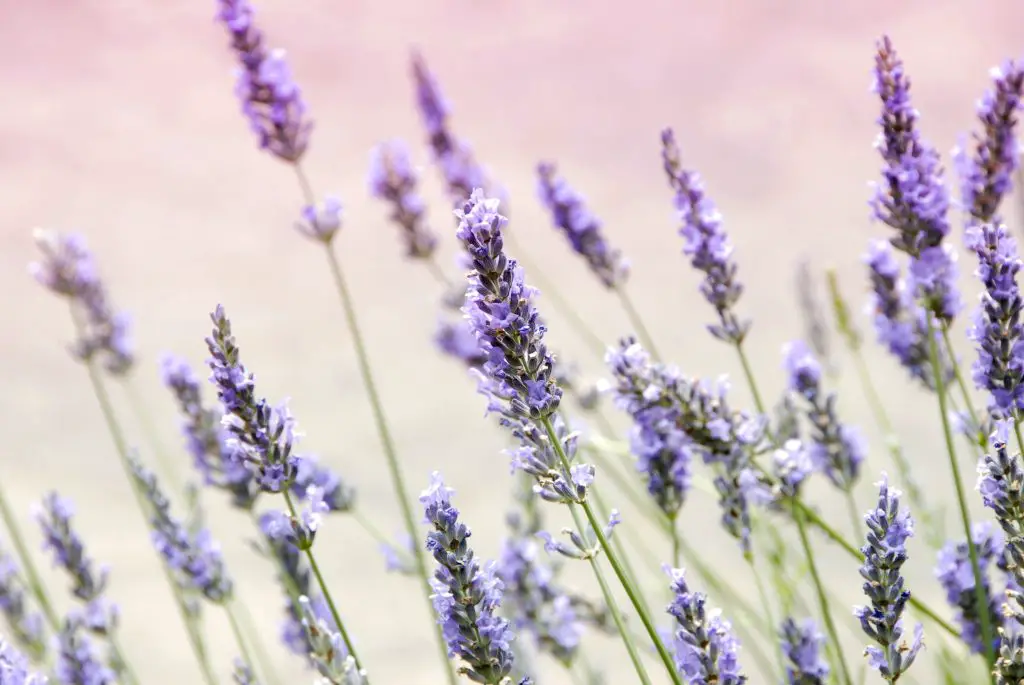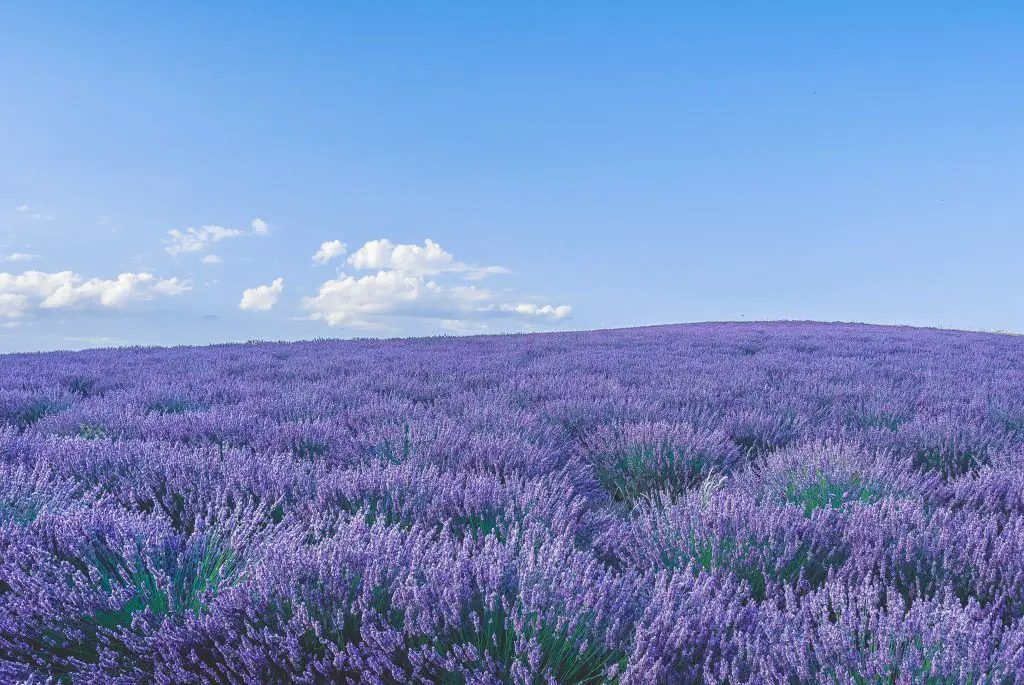Is Lavender Deer Resistant? Lavender is one of the most popular cottage gardens plants in the world. The reason for this is it is a beautiful drought-tolerant plant that produces a fragrant scent and purple flowers for extended periods of the year. However, is this a plant you should be planting in areas where there is a large population of deer? Will the deer completely decimate the plant or is lavender dear resistant?
Lavender plants are rare eaten by deer according to the New Jersey agricultural experimentation station. Wild deer can occasionally have a nibble on Lavender but it is rare and only occurs in cases where there are no other options available for the deer to eat.
The reason for this is that deer generally avoid eating fragrant plants which include things like lavender and also extend to a range of other plants. This includes a number of edible plants such as oregano, rosemary, basil, and thyme along with the members of the allium family.
In addition to this deer are also known to avoid eating plants that are poisonous which includes some of the most popular flowers that are grown in a typical cottage garden such as larkspurs and delphiniums. As such it is entirely possible to have a beautiful garden in areas where there are large populations of deer.

Can Lavender Plants Be Used To Repel Deer?
The use of lavender plants as a method to repel deer is one of the possible solutions that could be used to protect other plants within your garden that are more attractive to deer such as hostas.
When using the fragrant plants as a method there are a couple of different approaches that gardeners take to reduce deer damage. The first is to plant lavender at the outer edge of the garden or near entrances to the garden. In the hope that it sends a message to the deer that there is little interest in the garden for them.
However, if you choose to take this approach is advisable to select lavender varieties that are relatively large rather than dwarf varieties. The reason for this is that as well as producing a scent that wards off deers it also provides a screen that prevents the deer from seeing what other plants are on offer in your garden.
The second approach that is sometimes used is to intentionally interplant fragrant plants with those plants that the deer finds more desirable. This method gives you more flexibility as to where you can place plants within your garden, however, I have found it is not quite as effective as creating a wall of plants that the deer finds unattractive.
What Are The Methods Can Be Used To Deter Deer From Entering Your Garden?
The most effective method to keep deer out of your garden is to completely exclude them by building a fence around the garden. However, for this fence to be effective it needs to be 8 ft tall because studies have shown that the vast majority of deer can clear a 6-ft fence.
At a height of 7ft, many deer may still attempt to jump the fence which can sometimes cause damage to it. However, at a height of 8 ft, most animals are deterred from even making an attempt at jumping the fence. To read about the and the recommended fence construction click here.
The other strategy which is often used to reduce deer damage is to place the plants that deer like close to your house. Your mere presence in the general vicinity is often enough to ensure that the amount of time that the deer spend in that area of your garden is minimal during the day.

However, at night it’s a different story as deer will often visit after everyone has gone to bed as such if you want to protect your precious plants you need also to have additional measures in place.
There are several options that can be used to deter deer which include chemical repellents, mechanical deterrence, and those based on ultrasound.
The simplest method is to use chemical repellents which are specific to deer. These types of products are widely available and are easy to apply. Most commercial products need to be applied to the plants every 1 to 2 months on days when there is little chance of rain to ensure that the freshly applied chemicals are not washed off immediately.
The advantage of these types of chemicals is that they generally do not deter other visitors to the garden such as birds and other pollinators. Additionally, this method is relatively low cost, to see the latest price on Amazon click here.
The other option is to use motion-activated sprinkler systems or ultrasound devices on the animals. These are quite effective at night at keeping deer away by however they are also a non-selective method of deterring animals. This means that they do not distinguish between other types of animals that may be visiting your garden such as your own pets birds and even insects.

As a result, these types of devices are not recommended for people that keep animals of their own on the property. Additionally, they tend to be a little bit more expensive than other methods if you have a large property because you may need to install several different units around the garden to strategically protect certain parts of the garden.
However, the one key advantage of these two methods is that once they are implemented there is no additional work required to protect your plants. Additionally, when you compare the cost of these devices with the cost of erecting a fence these are relatively low-cost options.
To see the latest price on a motion-activated sprinkler system or an ultrasound device click on the links to visit Amazon.
I hope you found this blog useful if you have any questions please place the comments section below as we would love to hear from you.
Relevant Articles
Are Raspberries Deer Resistant? (And How To Protect Them)
Are Cosmos Deer Resistant? And How To Protect The Plants
How High Can A Deer Jump? (And What Type Of Fence Do I Need To Build To Keep Them Out)
How To Tell The Difference Between Lavender And Russian Sage (Are They The Same?)
Can You Propagate Lavender In Water? (Here’s How To Do It)
What Is The Difference Between Lavender And Rosemary? And How To Tell Them Apart
